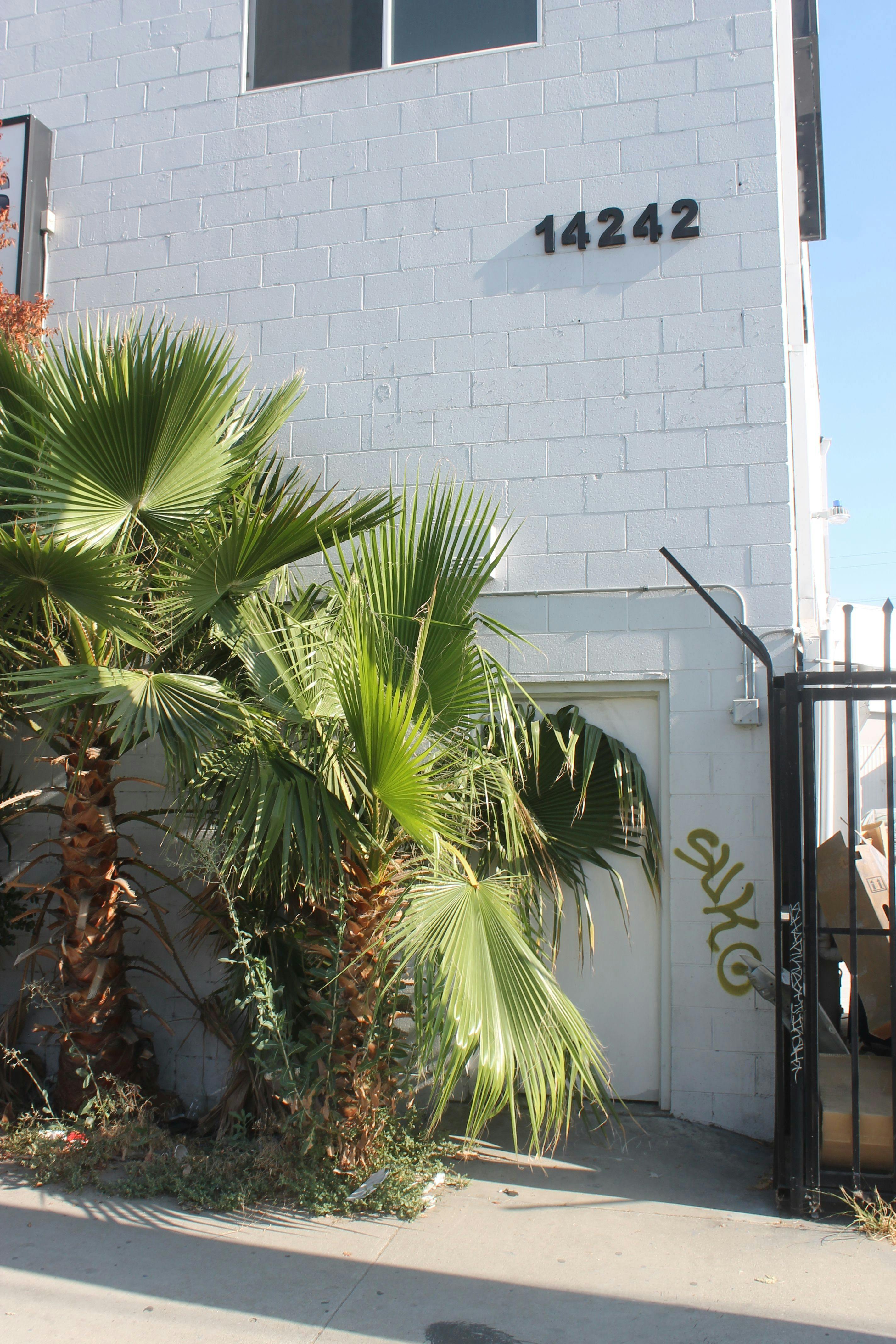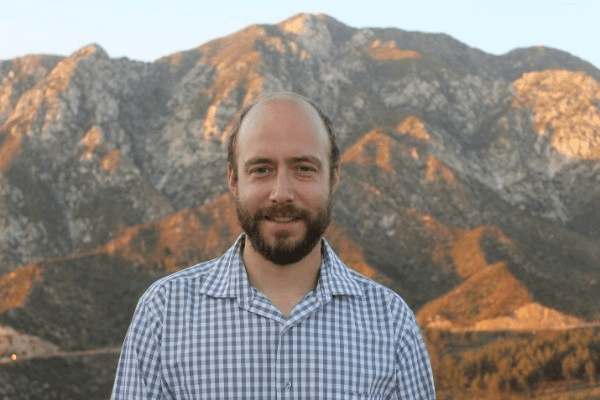The vast sprawl of Los Angeles is best observed from the sky at night. An airplane window provides a bird’s-eye view of an endless grid of sparkling suburban streets. Thoroughfares are etched in the red and white light of congested traffic. Tall stands of buildings dot the landscape, providing a stunning example of human dominance over the natural world. The spaces beyond the sprawl, dark and mysterious from the airplane seat, are rugged and wild: the kelp forests of the Pacific, the sun-baked chaparral of the San Gabriel Mountains, the oak savannahs of the undeveloped valleys and foothills. These places are remnants from a time before humans acquired their dominating power over the landscape. But in the well-lit grid of the city, another form of nature exists, one which is inextricably linked with the forces of humanity.
Dystopian visions of the future often show a world devoid of natural life. Imagine a planet shrouded by a towering and uninterrupted global city, or the sterile nuclear desert of a distant future earth. These sci-fi tropes are effective because of the conspicuous absence of plants. Landscapes without plants create imagery which serves as a proxy for the complete collapse of natural ecosystems. In contrast to this vision are the dystopian urban landscapes of the world we already live in. In Los Angeles, the blighted neighborhoods, crumbling concrete expanses and industrial wastelands are full of wild plants and the organisms they support. Ecosystems which ecologists traditionally considered degraded are, however, not devoid of life. Instead they are largely populated by non-native species, which have followed in the wake of human induced change.
In the past decade, an academic debate has developed about our cultural, emotional and practical responses to the wild organisms which we have established new homes for around the world, intentionally or not. Wild plants of the city, an ubiquitous but often overlooked feature of the urban environment, are a part of this discussion. While many see them as a nuisance to be eradicated - the fleas, bedbugs and sewer rats of the plant kingdom - others have begun to look at them in a new light, not as pests, but as resilient colonizers of highly altered lands. In this new paradigm, these plants can be viewed as a benefit to cities, providing shade, wildlife habitat, soil retention and other services at no cost.
Years ago, I spent a summer removing non-native plants from forests in the Boston area. Those were hot, sweaty, mosquito-filled days spraying herbicide, trying to avoid a creeping feeling of futility in what I was doing. During that time, I met Peter Del Tredici, a Harvard scientist who had just authored Wild Urban Plants of the Northeast, and was giving talks that compellied people to question their negative assumptions about the non-native plants inhabiting cities. Over the next several years, I was able to spend time with Peter and others who shared his opinions, as well as those on the opposite end of the spectrum, who passionately opposed these plants on the grounds that they outcompete native species, impact ecosystem services, and reduce global biodiversity.
In the years since, the debate has continued, and even grown more forceful. The language often used to describe these plants - words like alien, exotic, invasive - has been metaphorically linked to the exponentially more controversial and divisive subject of human migration. Many have eloquently written and spoken about the need to retain as many of the original non-human inhabitants of the city lands as possible. They advocate removing non-native plants and using native species in gardens and municipal landscaping to support the pre-colonization ecological interactions which are severely reduced in most urban areas. Both sides make compelling points which I find myself agreeing with. But what I find more interesting than the cultural and scientific debates regarding how we should value these plants, are the plants themselves and their practical relationships with us. Urban plants, like the flea and sewer rat, are fellow passengers on the journey of global change which we have embarked upon. Their close proximity to humanity, often going back millennia, but in some cases just beginning, provides fascinating examples of the interconnectedness of the natural and cultural worlds.
The wild plants of inner city LA might not be apparent from a night-time view at 30,000 feet, but on the ground, they certainly are. Sidewalk cracks are home to creeping euphorbias, Mexican fan palms sprout through sewer grates and puncture vines colonize decaying asphalt lots. Many of these plants are cosmopolitan members of the globalized urban flora, originating in distant places and growing in cities all around the world. But a lucky few which originated in the wilds of Southern California have held their own in the radically new environment called Los Angeles. Wherever they came from originally, they are here now and a part of the fabric of the the city. The stories they tell paint a picture of the staggering diversity of relationships between people, plants and the environment. Street Plants will tell these stories, one plant at a time.

